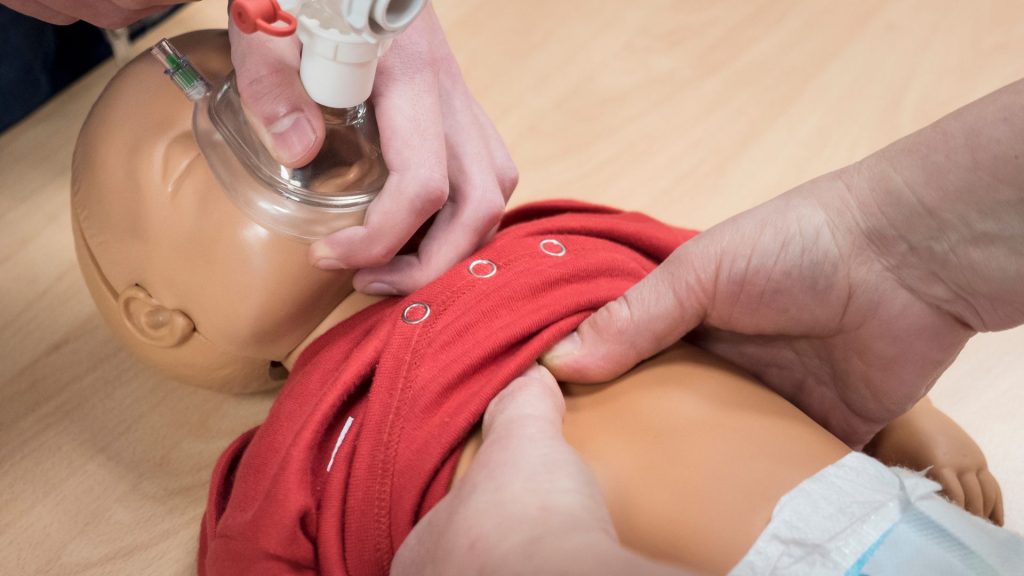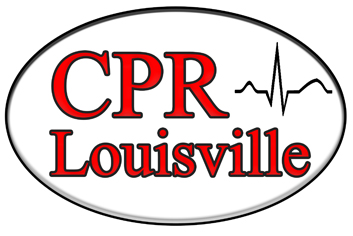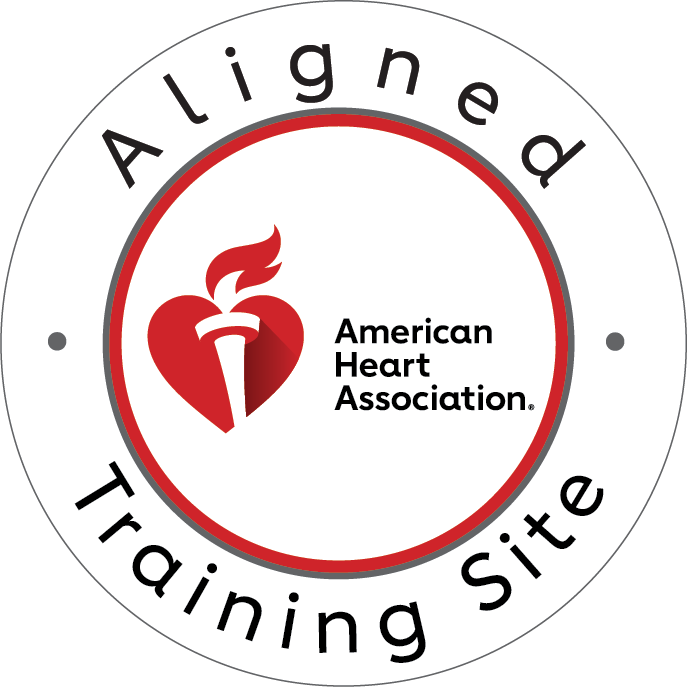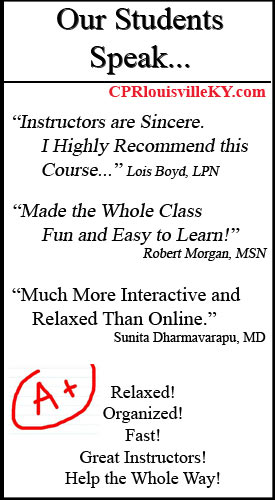When every second counts, knowing how to perform CPR on an infant can mean the difference between life and death. Infant cardiopulmonary resuscitation (CPR) is a critical skill for parents, caregivers, and healthcare providers alike. While infant cardiac arrest is less common than in adults, it still occurs more frequently than most people realize, and it often stems from respiratory issues rather than heart conditions. In the United States, thousands of infants experience cardiac arrest each year, and immediate CPR can double or even triple their chances of survival. Because infants have unique anatomical and physiological characteristics, CPR for them differs significantly from the techniques used for adults and older children. This article serves as a detailed guide to performing infant CPR the right way, helping you feel more prepared should an emergency ever arise.

Understanding Infant Anatomy
Understanding an infant’s anatomy is essential before performing any life-saving interventions. Infants have proportionally larger heads, shorter necks, and more flexible airways compared to adults. Their rib cages are also more pliable, and their tongues take up more space relative to the size of their mouths. These differences affect both the technique and effectiveness of CPR. For instance, airway management requires a gentler touch to avoid obstructing airflow, while chest compressions must be performed with precision to avoid injury. Recognizing signs of cardiac arrest in infants, such as no breathing, unresponsiveness, or abnormal breathing patterns, is crucial to initiating timely care.
Preparation and Assessment
Before starting CPR, it’s vital to assess the situation properly. Begin by ensuring the scene is safe for both you and the infant. Then, gently position the infant on a flat, firm surface like a table or the ground. Check for responsiveness by tapping the bottom of the foot or gently flicking the sole. If there is no response, shout for help and activate emergency services. If you are alone, provide two minutes of CPR before calling 911, unless someone else can make the call. Following the CAB sequence—Compressions, Airway, Breathing—ensures that you prioritize circulation first, which is especially important in cardiac arrest cases.
Chest Compressions
Performing chest compressions on an infant requires correct hand placement and depth. Place two fingers just below the nipple line in the center of the chest, on the lower half of the sternum. Press down about 1.5 inches or one-third the depth of the chest, and deliver compressions at a rate of 100 to 120 per minute. Make sure to allow the chest to fully recoil between compressions, as this enables the heart to refill with blood. To reduce fatigue and ensure effective compressions, minimize interruptions, and switch rescuers every two minutes if possible. These techniques help maintain consistent blood flow to vital organs during resuscitation.
Airway Management
After compressions, turn your attention to the airway. Gently tilt the infant’s head back using the head-tilt, chin-lift technique. Be cautious not to hyperextend the neck, as this can close the airway in infants. If there are visible obstructions like food or mucus, clear them only if you can see and safely remove them. In trauma cases, such as suspected neck injury, use a jaw-thrust technique without tilting the head. Managing the airway correctly ensures that subsequent rescue breaths are as effective as possible.
Rescue Breathing
Rescue breathing for infants differs slightly from adults. Since their faces are small, you’ll need to form a seal over both the nose and mouth with your mouth. Deliver gentle breaths—just enough to make the chest visibly rise—over one second each. Avoid giving large or forceful breaths, which could cause lung damage or gastric inflation. The recommended compression-to-ventilation ratio for single rescuers is 30 compressions followed by 2 breaths. For two healthcare providers, the ratio changes to 15 compressions to 2 breaths to allow more frequent ventilation, which is especially important in pediatric resuscitation.
AED Use for Infants
Automated External Defibrillators (AEDs) can also be used on infants when cardiac arrest is due to a shockable rhythm. If an AED with pediatric settings or pediatric pads is available, apply them according to the manufacturer’s instructions—usually one pad on the chest and the other on the back. If pediatric equipment is unavailable, standard adult pads can be used, ensuring they don’t touch. Always follow AED prompts and ensure no one is in contact with the infant during shock delivery. Manual defibrillators, often found in clinical settings, offer more precise control but require advanced training to operate effectively.
Choking Response
Infants can also experience airway blockages from choking, which may lead to unconsciousness if not addressed promptly. Recognize the difference between mild obstruction, where the infant can still cough or make sounds, and severe obstruction, which results in silence or cyanosis. For severe cases, deliver 5 back blows between the shoulder blades, followed by 5 chest thrusts using two fingers on the lower sternum. Repeat this sequence until the object is expelled or the infant becomes unresponsive. If unresponsive, begin CPR immediately and check the mouth for obstructions before each set of breaths. Avoid using your fingers to sweep the mouth unless you see an object.
Training and Certification
Proper training is the foundation of effective infant CPR. While reading a guide is helpful, hands-on practice builds confidence and skill. CPR Louisville offers American Heart Association certification courses tailored to infant and pediatric CPR. These classes include interactive simulations and instructor feedback to reinforce correct technique. Recertification is recommended every two years to keep your knowledge and skills sharp, especially as guidelines and best practices evolve. Taking a certified course not only increases your competence but also prepares you to act decisively in an emergency.
Conclusion
Performing CPR on an infant requires a different approach than adult or child CPR, tailored to the unique physiology of babies under one year old. From understanding key anatomical differences to mastering proper compression techniques and airway management, each step plays a vital role in saving lives. Staying calm, confident, and prepared is essential in high-stress moments. Through high-quality training and regular practice, you can be ready to respond effectively. To learn more or enroll in a hands-on CPR class, visit CPR Louisville and take the first step toward becoming a life-saving resource in your community.





